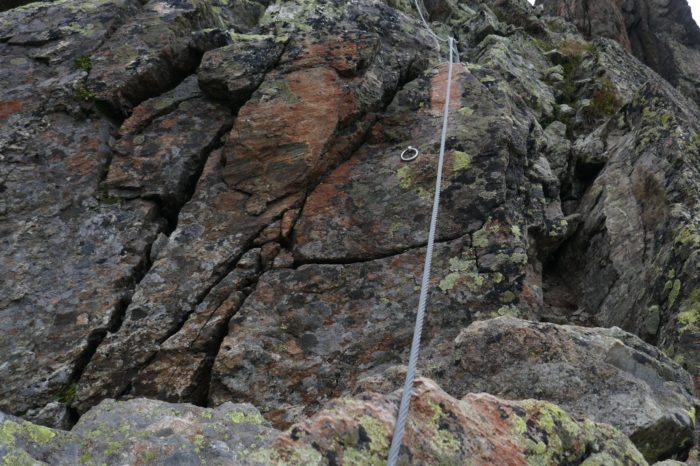- Nuclear case study - Burke
Tracking contamination through the subsurface
When contaminants leak out from waste disposal sites or industrial processes, it’s vital to know how far and how fast they will spread. This requires understanding of the materials themselves, but also of the subsurface geology and the chemical conditions through which they will travel.
Environmental geochemist Dr Ian Burke has spent much of the last 20 years supporting the clean-up of contaminated land, caused by industrial wastes such as aluminium processing or steel manufacture, historical rubbish dumps, ashes from incineration, mud from harbour dredging or leaks from nuclear waste storage.
Dr Burke explains: “Our work can help those responsible decide on what clean-up strategy to follow, to limit the environmental impact. For example, if a contaminant is actually moving really slowly from the spill site, at just a few millimetres a year, then monitoring it will have less impact than trying to dig it all out and find another means of disposal or storage.”
Much of his nuclear work has focused on the Sellafield nuclear decommissioning site, where legacy wastes from the UK’s nuclear power and fuel reprocessing industry are stored. Leaks from some of the waste silos in the 1970s allowed radioactive contaminants to enter the ground beneath the site, and Dr Burke has helped to develop models to predict their movement over the following decades.
The models are based on laboratory studies using core material taken from the aquifers that underlie Sellafield and the surrounding area. Dr Burke and his team have tested these in the lab to see how easily they absorb particular radionuclides in different conditions, such as changing pH levels. By looking at what chemical conditions prevailed in the area at the time, the team are then able to build models that determine how much each contaminant is likely to have moved out from the spill site.
Some radionuclides, such as uranium and caesium 137, stick firmly to the sediments and do not move within groundwaters, and so have not yet spread beyond the areas near the building where the spill occurred. Other radionuclides such as strontium 90 or technetium 99, interact only weakly with sediments, and therefore move more rapidly in groundwater plumes. This means these have spread more widely under the Sellafield site over the last forty to fifty years.
Dr Burke’s models also look at possible future changes that might impact the spread of contaminants, such as sea level rise, over the next 100 years. Whereas some radionuclides, such as strontium 90, spread more easily with higher salt concentrations in groundwater, others, such as caesium 137, are mainly unaffected.
“We now have a fairly in-depth understanding of the behaviour of the key contaminants in the sediments beneath Sellafield, both historically and looking to the future,” says Dr Burke. “We hope this can help in managing the site as the decommissioning process continues.”

Fractures in granite allow leakage of radionuclides in the subsurface.
